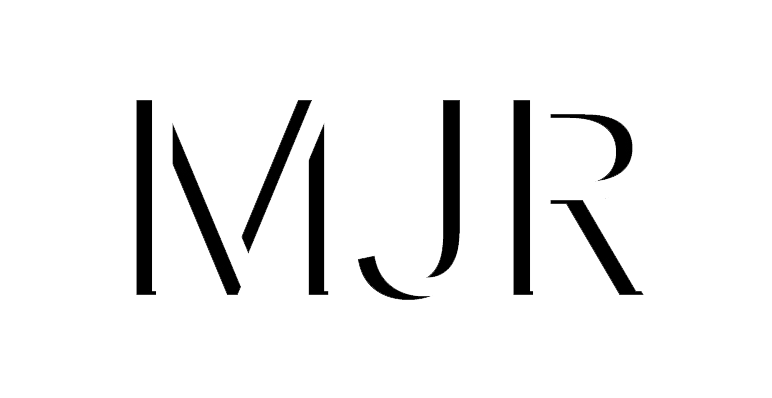Whenever my wife and I are fortunate enough to walk through the air conditioned aisles of a Target (most recently on road trips between Santa Barbara and Sacramento in an attempt to lull our five-month-old to sleep) there comes a moment when Jess, without even looking at me and in her off-handed way, asks that I spare her the ritual of "my LEGO rant". Since I've subjected my family and many of my friends to this particular topic to no avail, I've now decided to unleash it upon the Internet, that rollicking sea of discursive opinion.
(The embryo of this rant already appeared in a previous post entitled "The Merest Set of Blocks" where I hold LEGOs up as an example of "life creating" play. The current post takes its departure from this idea, problematizing current trends in LEGOs and drawing out some criticisms and observations.)
Here it goes: LEGOs are a type of toy that allows the literal construction of Tolkienesque co-created worlds. Yet as I roam Target (Jess is probably meanwhile looking at patterned workout pants), I become concerned by what I see as a development in LEGOs that would seem to fundamentally limit the toy's creative power. I'm talking about the overwhelming presence of specifically marked, franchise characters and worlds. In other words, why all the Star Wars, Harry Potter, and Marvel comics?
I see these sets as a problem when I compare them with more basic, unmarked sets from the 90s: City, Space, Medieval, Pirates, etc. These older genres seem to offer the perfect balance of marked specificity and unmarked generality. They have enough connection to a widely-known and accepted, constructed world to give basic parameters for play, basic rules and norms. But at the same time the genres are loose enough to allow for the widest possible variation and manipulation.
Take for example the following, common City character: Body design (black with pockets and silver badge), face (smile with black shades), helmet (white with clear visor), and vehicle (white motorcycle with radio antennas and "police" on the side). All these things mark this figure as a police officer on a motorcycle. Certain generic rules come into play as soon as this concept is accepted: the "good guy" role, power relations to "bad guys" and "innocent City dwellers", the narrative of the "high speed pursuit", etc. But these rules can easily be bent, challenged, or otherwise problematized. Is he the hero? The sidekick? A husband? A father? A son? Happy with his job? Overworked and mentally unstable? Does he have a dark and obscure past? Does he have a criminal brother who pits family against justice? Is he a cop by day and freelance web designer by night? There's nothing to stop you from pretending that the cop is really a criminal in disguise. Or he's in a Halloween costume. Or he's a displaced cyborg from the future. Or a displaced knight from the past. It can be almost whatever you want! You could even insert him into another context; with a little imagination and the addition and subtraction of a few choice pieces he could be a Scout Trooper on a Speeder Bike. (I may or may not have done exactly that as a child...)
The box cover of LEGO Speed Trackers 6625. Photo courtesy of Brickset: the millennial's one-stop nostalgia pit!
Specificity meets possibility. LEGOs and genre at their best!
Not so, I argue, with the franchise sets. Everything here is heavily marked. The "Indiana Jones" figurine isn't just any "good guy". He's Harrison Ford. He's a specific persona built upon a solid and controlled tradition of movies and books and video games. He has his own soundtrack. He has specific catch phrases, personality traits, and accouterments. He comes preloaded with certain relationships towards women, snakes, Nazis, his father, America, collegiate teaching, epistemology, mysticism, the use of force, etc.
Similarly, whoever "Malekith the Accursed" is (I say as I walk through the LEGO aisle in Target perusing the available sets), he obviously has unique characteristics, a specific story and a point of view that puts him into relationship with other characters within his world. If one is unfamiliar with these things, there is a risk of using him "incorrectly". (A lesson I learned with certain "Ninjago" figurines while playing with my nephews.)
I'm not arguing that specificity is in and of itself negative. J.R.R. Tolkien, Stan Lee, George Lucas, Steven Spielberg, and others have all created rich worlds that have had a lasting effect on our culture in important ways. I'm also not saying that the mixture of genres (eg. "Indiana Jones" having tea with "Darth Vader" in a "castle" with "Iron Man" playing saxophone in the background) is impossible or undesirable or bad. The LEGO Movie in particular uses genre mixture in a particularly powerful, Bakhtinian, carnivalesque way, that reveals the need for reassessment of meta-narratives both in fantasy and reality. I am saying that the specificity of this overly-marked characterization limits the possibility inherent in LEGOs as toys. Their worlds are pre-constructed and much less open to manipulation. And this manipulation is what truly makes LEGOs great.
Co-creation vs. participation. Light generic marking vs. meta-narratives. Open vs. limited.
Obviously any rant is fraught with loopholes and problems. Perhaps I betray my ignorance of the Marvel multiverse, or my dissatisfaction with Peter Jackson's adaptation of LOTR. Perhaps I see limitations where others see potentialities. Perhaps I betray my jealousy of today's purple bricks, the pre-made "Darth Vader" helmets (I had to use the visored knight helmet for that character), the cannons that actually shoot. ("Today's youth don't know how good they have it!" says the old man.) But, also, perhaps I've touched upon something that speaks directly to the fundamentally different ways of viewing the world.
What do you think?



